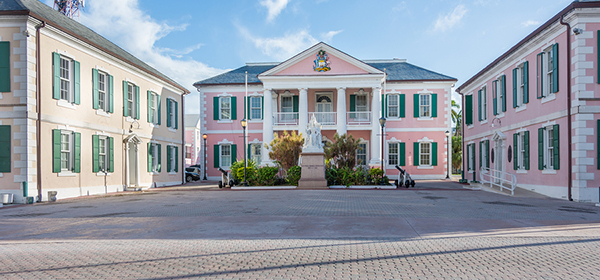
1. Driving on the Left
One of the first things to note about driving in Nassau is that they drive on the left-hand side of the road. This can be a bit disorienting for those who are used to driving on the right, so it’s important to stay alert and aware, especially when making turns.
2. Car Recommendation
As for the type of car to drive, a compact or mid-size car is usually sufficient for navigating the city streets. However, if you plan on exploring more rural areas, a 4×4 might be a better option. It’s also worth noting that many cars in the Bahamas are imported from the US, so they are left-hand drive, which can be a bit confusing when driving on the left side of the road.
3. Parking in Nassau
Parking in Nassau can be a bit of a challenge, especially in the downtown area. However, there are several parking lots and garages available. The cost of parking can vary, but it’s generally not overly expensive. It’s also important to note that parking regulations are strictly enforced, so be sure to pay attention to any posted signs or markings.
4. Driving with an International License
Foreigners can drive in the Bahamas with an international driver’s license for up to three months. After that, you will need to obtain a Bahamian driver’s license. It’s also worth noting that the minimum driving age in the Bahamas is 17.
5. Obtaining a Bahamian Driver’s License
To obtain a Bahamian driver’s license, you will need to pass a written test and a road test. The process is fairly straightforward, but it’s recommended to study the local driving laws and regulations beforehand. You will also need to provide proof of residency, so be sure to have all your necessary documents in order.
6. Road Conditions
While the main roads in Nassau are generally in good condition, some of the smaller side streets can be a bit rough. Be prepared for occasional potholes and uneven surfaces. Also, be aware that traffic can be quite heavy, especially during rush hour, so plan your travel times accordingly.
7. Be Aware of Pedestrians and Cyclists
Finally, be aware of pedestrians and cyclists, especially in the downtown area. Not all streets have sidewalks, so pedestrians often walk along the side of the road. Similarly, cyclists often share the road with cars, so it’s important to be vigilant and respectful of all road users.


